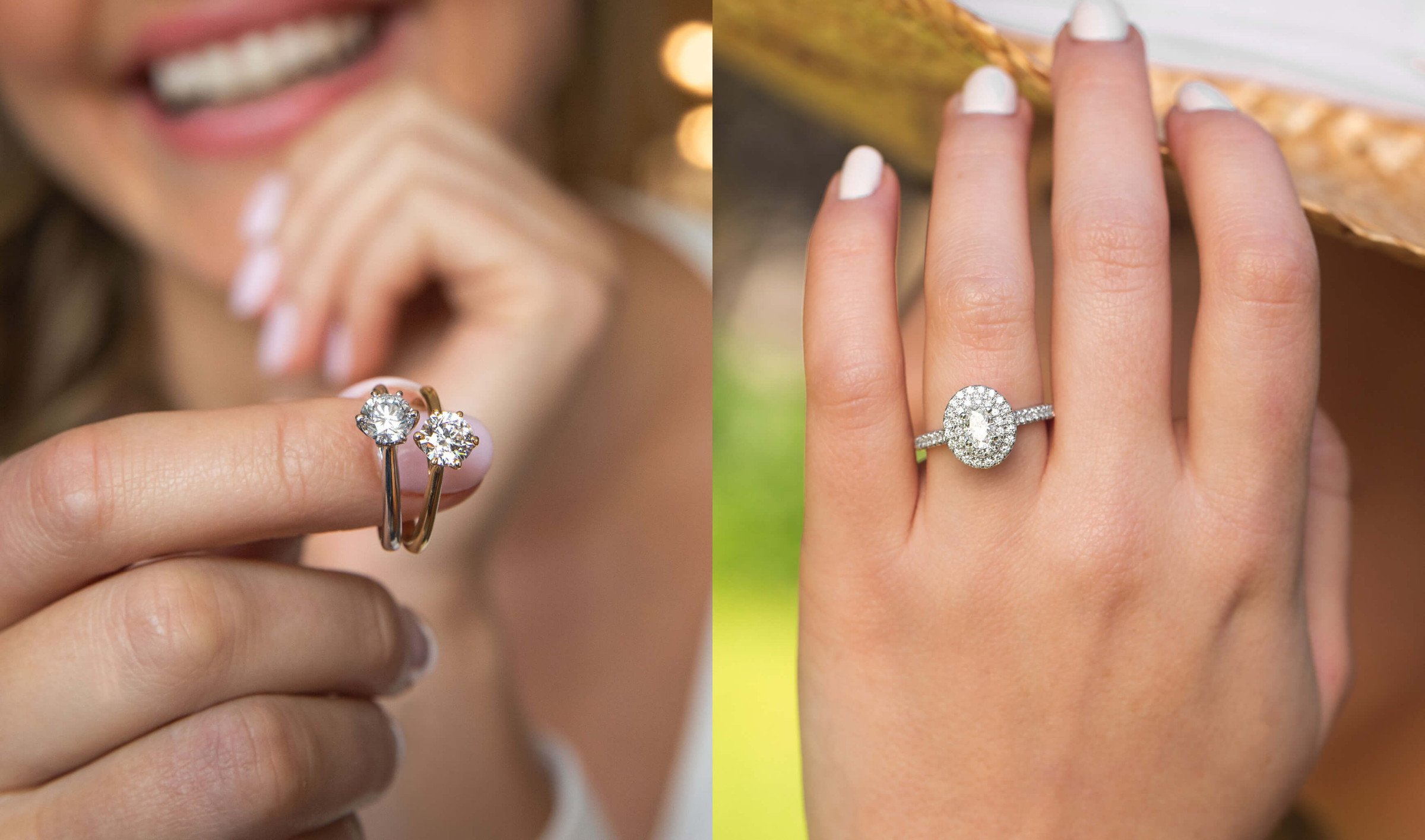When it comes to diamonds, size often sparks the first conversation. But what does the size of a diamond truly signify? How do you balance carat weight with other critical factors like cut, color, and clarity? Let’s delve into the fascinating world of diamonds and uncover the true meaning behind their size.
The Allure of Carat Weight
Carat weight is often the most talked-about attribute of a diamond. It’s a direct measure of a diamond’s size, but how does it impact the overall value and appeal of the gem?
What is Carat Weight?
Carat weight is the unit of measurement for a diamond’s mass. One carat equals 200 milligrams, and diamonds are measured to the hundredth decimal place. Larger diamonds are rarer and typically more valuable, but the carat weight alone doesn’t determine a diamond’s worth.
Bigger is Not Always Better
While a larger diamond can make a bold statement lab created diamonds, size isn’t everything. The cut quality, color, and clarity of the diamond play significant roles in its beauty and brilliance. A well-cut smaller diamond can outshine a larger diamond with poor cut quality.
The Cut: The Secret to Sparkle
If carat weight is the body of the diamond, the cut is its soul. The cut influences how light interacts with the diamond, affecting its sparkle and overall visual appeal.
Understanding Diamond Cut
The cut of a diamond refers to how well it has been shaped and faceted. It includes the diamond’s proportions, symmetry, and polish. The Gemological Institute of America (GIA) grades diamond cuts from Excellent to Poor.
Why Cut Matters More Than Carat
A well-cut diamond reflects light in a way that maximizes its brilliance and fire. Even with a higher carat weight, a poorly cut diamond can look dull and lackluster. Thus, investing in an excellent cut can significantly enhance the perceived size and beauty of the diamond.
Color and Clarity: Enhancing Natural Beauty
Beyond size and cut, the color and clarity of a diamond are crucial factors that influence its appearance and value.
Decoding Diamond Color
Diamonds are graded on a color scale from D (colorless) to Z (light yellow or brown). Colorless diamonds are rarer and more valuable. However, slight color variations can often go unnoticed to the untrained eye, especially when the diamond is set in jewelry.
The Role of Clarity
Clarity refers to the presence of internal or external flaws, known as inclusions and blemishes. Diamonds are graded on a clarity scale from Flawless (no inclusions or blemishes visible under 10x magnification) to Included. While higher clarity diamonds are more valuable, many inclusions are microscopic and do not affect the diamond’s appearance to the naked eye.
Balancing the Four Cs: Carat, Cut, Color, and Clarity
When choosing a diamond, it’s essential to consider all four Cs together. Each attribute contributes to the diamond’s overall beauty and value.
Finding the Right Balance
A balanced approach to the four Cs ensures you get a diamond that not only meets your size expectations but also excels in sparkle and visual appeal. For instance, you might opt for a slightly smaller diamond with an excellent cut and higher color and clarity grades to maximize its brilliance.
Making the Right Choice: Personal Preferences and Budget
Ultimately, the right diamond for you depends on your personal preferences and budget. Here are some tips to guide your decision:
Set Your Priorities
Determine which attributes are most important to you. If you prioritize size, you might compromise slightly on color or clarity. If brilliance is your top priority, invest in an excellent cut.
Consider Your Budget
Diamonds come in a wide range of prices. Set a budget and use it to guide your choices. Remember, a smaller, well-cut diamond can be more stunning and valuable than a larger, lower-quality one.
Conclusion: The True Value of a Diamond
So, how big is your diamond? The answer lies not just in its carat weight but in the perfect harmony of cut, color, and clarity. When all these factors come together, they create a gem that is truly spectacular, regardless of size. Next time you admire a diamond, remember that its true beauty and value are multifaceted, just like the stone itself.


